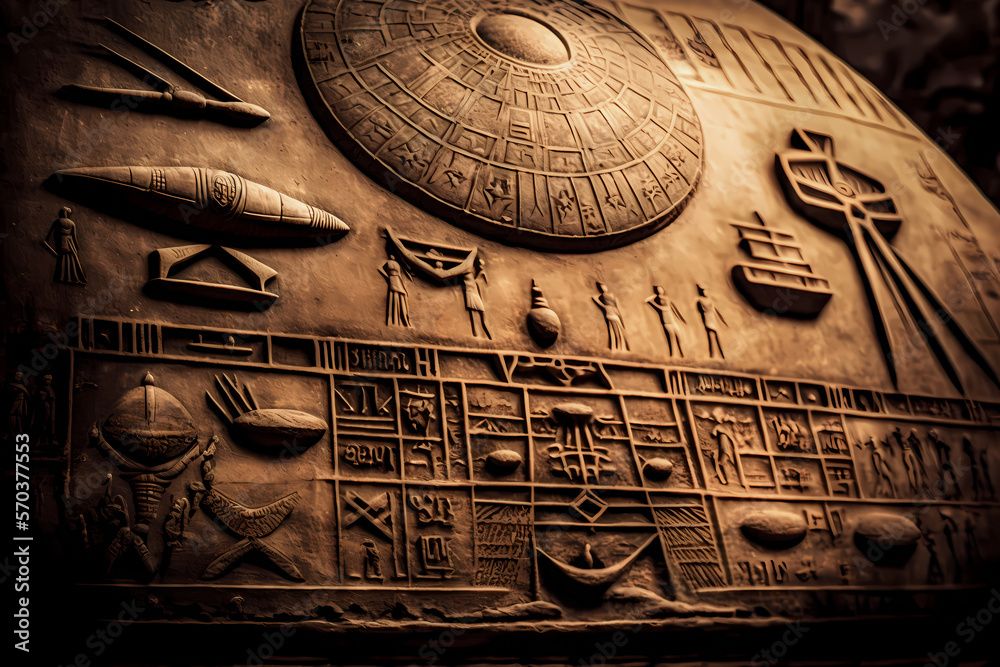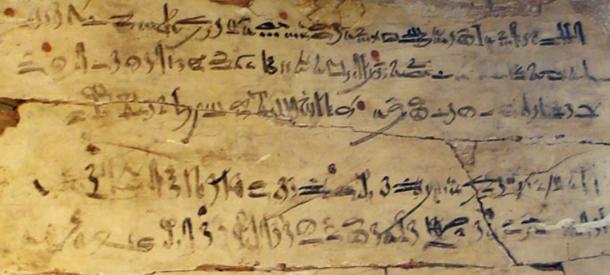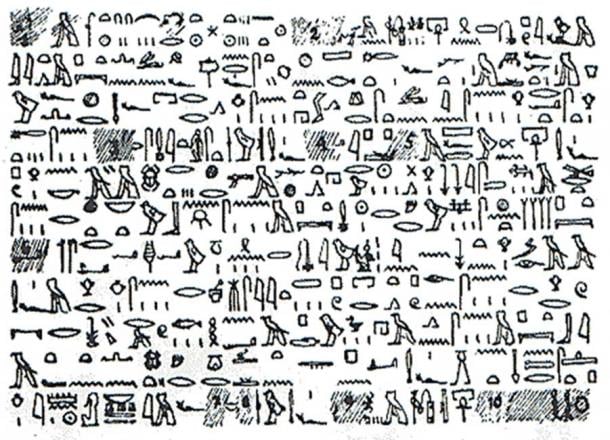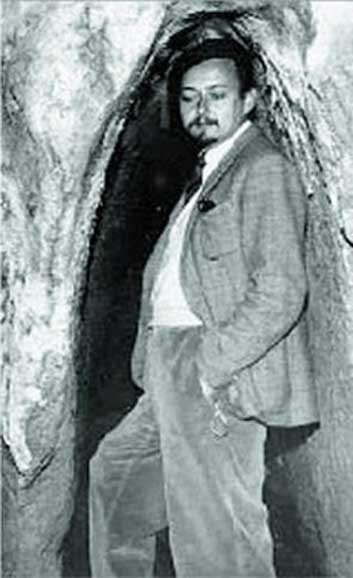
The so-called “Tulli Papyrus” is an enigmatic text that some describe as the first written account of a UFO sighting. This Egyptian text records an event which supposedly occurred during the 18th dynasty, around 1480 BCE. So, the real question about the Tulli Papyrus is: Could this be proof of alien existence?
The “Tulli Papyrus” Goes Viral
Ancient Egypt is known for many things, such as its incredibly rich and ancient culture, its marvelous civilization, but also for its very mysterious deities and some of the most peculiar tales of the ancient world. One such strange and little-known story is of an ancient Egyptian document called “The Tulli Papyrus.” Rather than being a typical Egyptian papyrus, the Tulli Papyrus is a text that describes in great detail a huge UFO sighting that supposedly occurred in ancient Egypt during the reign of Thutmose III.

The text remained forgotten for centuries before it would resurface during the 1930s. During a visit to Cairo in 1933, Alberto Tulli (from whom the text took its name), a director of the Egyptian section of the Vatican museum, allegedly discovered an interesting papyrus in an antique shop. Tulli thought that the papyrus was way too expensive to buy it, so instead, he made a copy of the original piece, which was then recopied, replacing the original hieratic script with hieroglyphs; a fact that makes doubters challenge its authenticity.

Example of hieratic writing. Exercise tablet with hieratic excerpt from ‘The Instructions of Amenemhat’. Dynasty XVIII, reign of Amenhotep I, c. 1514–1493 BC. (CC BY-SA 3.0)
Nevertheless, Alberto Tulli and his alleged papyrus became a hit within UFO-related folklore. And many ufologists use it as an undeniable source of alien existence. It is considered to be one of the earliest known records of a fleet of flying saucers written on papyrus.
Even though the papyrus was severely damaged and contained several gaps, a determined Prince Boris de Rachewiltz managed to translate it and declared that the papyrus was part of the annals of Thutmose III. There’s an unfortunate detail in this story though: nothing in the ancient text refers to the Pharaoh by name, a fact that makes things even more suspicious and complicated.

A copy of the Tulli Papyrus using hieroglyphics. (Lifting the Veil Forum)
Translations of the Tulli Papyrus
Here is a translation provided by Prince Boris de Rachewiltz:
In the year 22, third month of winter, sixth hour of the day, the scribes of the House of Life found it was a circle of fire that was coming in the sky (Though) it had no head, the breadth of its mouth (had) a foul odor. Its body was 1 rod long (about 150 feet) and 1 rod large, It had no voice… Their hearts became confused through it; then they laid themselves on their bellies. They went to the King…?) to report it. His Majesty ordered has been examined as to all which is written in the papyrus-rolls of the House Of Life His Majesty was meditating upon what happened. Now, after some days had passed over these things, Lo! they were more numerous than anything. They were shining in the sky more than the sun to the limits of the four supports of heaven. Powerful was the position of the fire circles. The army of the king looked on and His Majesty was in the midst of it. It was after supper. Thereupon, they (i.e. the fire circles) went up higher directed to South. Fishes and volatiles fell down from the sky. (It was) a marvel never occurred since the foundation of this Land! caused His Majesty to be brought incense to pacify the hearth, what happened in the book of the House of Life to be remembered for the Eternity.

Prince Boris de Rachewiltz, one of the translators of the Tulli Papyrus. (From an Oblique Angle)
R. Cedric Leonard provides a more comprehensible translation that might help some understand the text’s essence a little better:
In the year 22, of the third month of winter, sixth hour of the day […] among the scribes of the House of Life, it was found that a strange fiery Disk was coming in the sky. It had no head. The breath of its mouth emitted a foul odor. Its body was one rod in length and one rod in width. It had no voice. It came toward His Majesty’s house. Their hearts became confused through it, and they fell upon their bellies. They [went] to the king, to report it. His Majesty [ordered that] the scrolls [located] in the House of Life be consulted. His Majesty meditated on all these events which were now going on.

After several days had passed, they became more numerous in the sky than ever. They shined in the sky more than the brightness of the sun and extended to the limits of the four supports of heaven. Powerful was the position of the fiery Disks.
The army of the King looked on, with His Majesty in their midst. It was after the evening meal when the Disks ascended even higher in the sky to the south. Fish and other volatiles rained down from the sky: a marvel never before known since the foundation of the country. And His Majesty caused incense to be brought to appease the heart of Amun-Re, the god of the Two Lands. And it was [ordered] that the event [be recorded for] His Majesty in the annals of the House of Life [to be remembered] forever.

R. Cedric Leonard also translated the Tulli Papyrus. (Atlantisquest)
Should we view the Tulli Papyrus as a credible source?
The Tulli Papyrus, an ancient Egyptian document, has been interpreted by some as describing a UFO sighting around 1480 BC. The text mentions “fiery disks” witnessed by many people, and given the Egyptians’ advanced knowledge of astronomy, it is unlikely that they would have mistaken a rare astronomical or weather phenomenon for a UFO. While there is debate over the interpretation of the text, it remains a mysterious and intriguing piece of ancient history.

Astrological Depictions in the Tomb of Senenmut. (Public Domain)
It is important to remain cautious and avoid jumping to conclusions regarding the Tulli Papyrus. It should be noted that the papyrus is not an original document but rather a modern transcription of an alleged ancient Egyptian text whose whereabouts are currently unknown. Additionally, the only source reporting the existence of this document is one individual, de Rachewiltz, so its authenticity cannot be scientifically examined without the original. Given these factors, it would be premature to attempt to analyze the nature of the “circles of fire” described in the text until the authenticity of the original document can be verified.

An imaginative depiction of a UFO over camels and pyramids.
The debate should remain open until additional evidence – verifying or exposing the whole story as a hoax – emerges. As for now, we can only speculate. As Mulder from X Files would say: “The truth is out there!”





